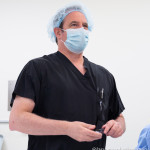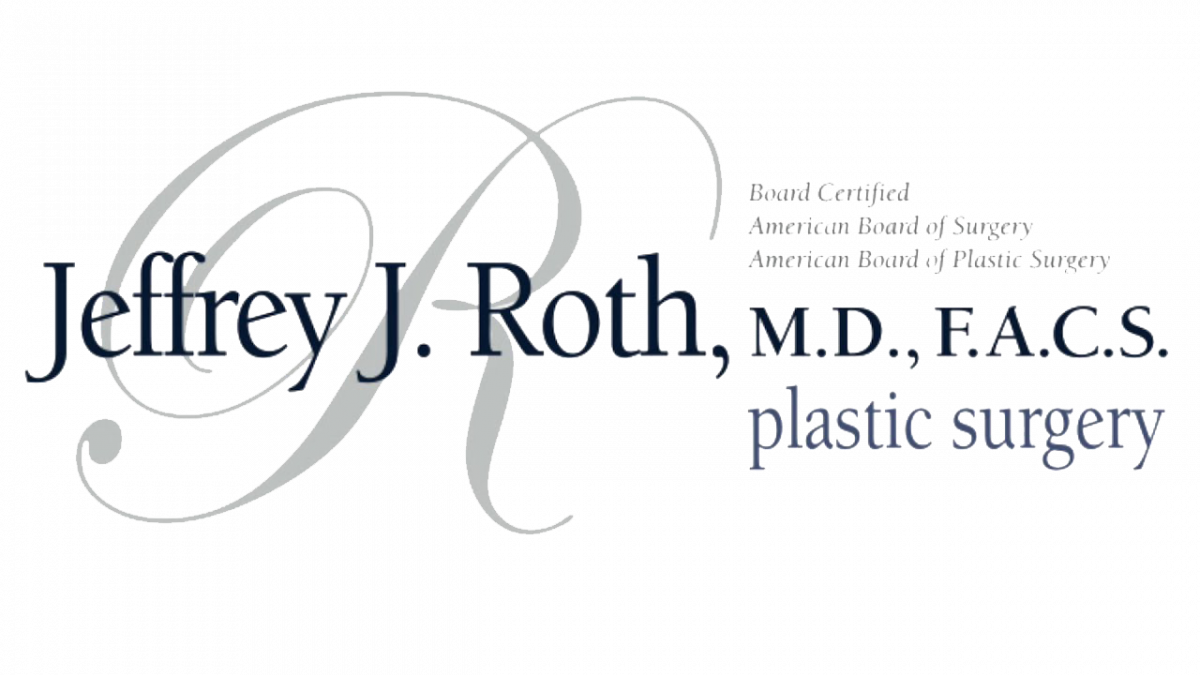RISKS AND BENEFITS OF BREAST AUGMENTATION
Breast augmentation is a common type of cosmetic surgery procedure that makes changes to the size and shape of a woman’s breasts. The purpose of this article is to provide an overview of the risks and benefits associated with breast augmentation. In doing so, it will discuss potential complications related to the procedure as well as its potential aesthetic advantages for individuals considering such an operation to make an informed decision about their body.
The popularity of breast implants has been on the rise since the 1990s when silicone-filled implants were approved by the US Food and Drug Administration (FDA) for use in breast augmentation surgeries. Since then, improvements have been made to both saline-filled and silicone-filled implants; however, there are still some inherent risks involved with undergoing any kind of surgical procedure. As such, it is important for those considering breast enhancement surgery to understand all possible outcomes before making such an important decision.
In addition to discussing the risks associated with breast augmentation, this article will also examine its potential positive effects which can include improved self-esteem or confidence levels due to feeling better about one’s physical appearance. It will review studies conducted over time that indicate certain psychological benefits experienced by women who receive these types of procedures and how they could potentially outweigh any surgical risk factors.
Definition of Breast Implantation
Breast implantation is a cosmetic surgery procedure in which breast implants are surgically inserted or placed to increase the size of breasts. Breast augmentation surgery involves inserting silicone or saline-filled breast implants, under the natural tissue of the chest muscle and/or beneath the skin on top of the chest muscle. The type of implant used can vary depending on individual preference and aesthetic goals; for example, some may prefer silicone gel implants while others may opt for saline implants.
Silicone implants are made from a material called silicone elastomer inside a pre-filled silicone shell. Saline implants contain sterile saltwater solution inside an outer silicone shell that has been approved by the FDA. Additionally, there are variations within both types of implants including different sizes and shapes.
When considering breast augmentation in Las Vegas Surgery, it is essential to be aware of the risks and benefits associated with each type of implant available so that patients can make an informed decision about what best suits their needs. To do this, it is vital to consult with a qualified healthcare professional like Dr. Jeffrey Roth, who is a board-certified plastic surgeon in Las Vegas and specializes in plastic surgery procedures related to breast enlargement. With this knowledge, individuals can move forward into understanding placement options and types of implants further before making a choice about which one will most likely give them desired results safely and effectively.
Placement and Types of Implants
Breast augmentation is a type of breast implant surgery that can increase the size and shape of a woman’s breasts. Most commonly, this procedure involves placing an artificial device such as saline or silicone implants beneath the chest muscles and/or under the breast tissue to enhance their appearance. There are two primary placement areas for these devices: submuscular and subglandular.
Submuscular placement is when the implant is placed underneath both the chest muscle (pectoralis major) and tissues covering it, but above the rib cage itself. This method has been found to provide more natural-looking results with fewer potential complications compared to other placements due to its position away from nerves, ducts, and glands. In addition, submuscular positioning may be beneficial because it has been suggested that they have a decreased rate of capsular scarring. There is also more soft tissue coverage of the implant.
In contrast, subglandular placement refers to placing the implant between the pectoralis major muscle and breast tissue layer. Although this method offers slightly faster recovery times than those associated with submuscular positions, there are some risks involved which include increased visibility of rippling or wrinkling along with higher rates of capsular contracture—a condition where scarring forms around the implant leading to hardening or discomfort around that area of your body. Furthermore, since this approach does not involve much musculature support at all, implants have a greater chance of becoming displaced over time without adequate coverage from underlying structures.
Various types of breast implants are available for use during breast augmentation procedures including saline-filled devices and silicone gel-based products; each comes with unique advantages and drawbacks depending on individual needs or preferences. For example, while saline tends to feel slightly firmer upon insertion than silicone counterparts do, many find them easier to detect deflation or leakage.
Who Gets Breast Implants
Breast augmentation is a surgical procedure used to increase the size and shape of breasts. It can involve inserting breast implants, transferring fat from other parts of the body, or both. While it is commonly associated with cosmetic surgery, breast augmentation may also be done as part of reconstructive surgery following mastectomy or injury.
The procedure involves making an incision either at the edge of the areola, in the inframammary fold, (where the breast meets the chest wall), in the belly button, or through the axilla, (armpit), before placing the implant. The incision lines are usually tolerated well.
Those looking into this type of surgery must have realistic expectations about what can be achieved through such procedures. A breast augmentation, will make the breasts larger, and give more projection. Asymmetries may be more noticeable. The shape typically does not change, while the size does.
Understanding potential risks involved include infection, hardening of tissues (capsular contracture), pain, shifting implants, and more. Ultimately, who gets breast augmentation depends on their individual goals and health condition which should always be discussed with a qualified medical professional before undergoing any cosmetic surgeries related to breast enhancements. Understanding all aspects will help inform people’s decision whether they want to pursue these types of surgical procedures safely and effectively.




